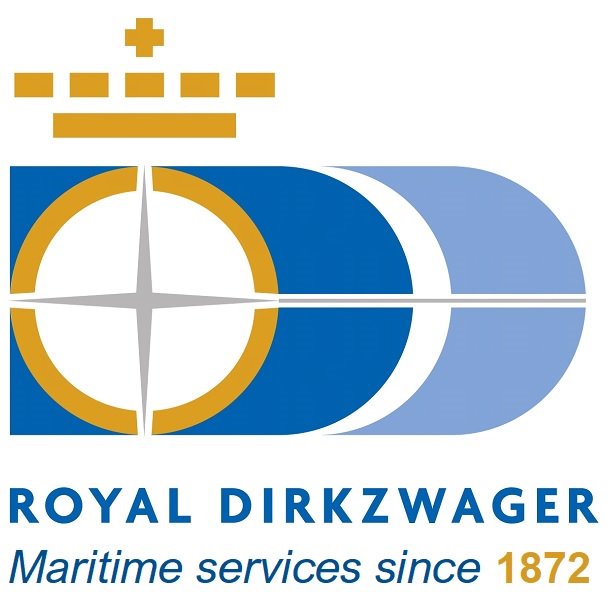Over the past 150 years we have followed each technology shift and we have expanded our service package. We operate in the heart of the shipping industry. Our fully equipped 24/7 control room monitors, reports and detects all incoming and outgoing vessel traffic in and around the port, waterways, at sea and in the vicinity of offshore assets. We offer real-time visibility of all vessels that affect your daily operations. Every day we provide more than 800 organizations in the maritime industry with up-to-date information. Each year we register no less than 200,000 ship movements. Well before arrival until gangway down, we inform the entire port community about the estimated time of arrival (ETA), the availability of nautical services and the exact berth details.
Since 1665 on the lookout
We started as a ship reporting company back in 1872 but actually our history dates back to 1665.
A national postal and parcel service like PostNL did not yet exist in the 17th century. But there were clever entrepreneurs. A private postal service between the Oranjepolder and Rotterdam made use of the Maasdijk to travel with postilions and mail coaches. The Wedde in Maassluis, with café Oranjeboom (later café De Zon), a stable, a horse exchange, and a descent from the dike, played an important role in this route.
Postal Service by Jacob Quack
In 1665, the Rotterdam native Jacob Quack founded his own postal service. Anyone could have Postmaster Quack pick up or deliver something for a fee. He earned the most from the Rotterdam shipowners who sent ships to distant lands. When those ships finally arrived back with their cargo at the Maas estuary (now Europoort), it took a few more days before they could sail to Rotterdam. The shipowners paid Quack to find out information about the cargo in advance. The sooner they could trade on the stock exchange and make money.
And so Quack established his postal service in the Oranjepolder, between present-day Hoek van Holland and Maassluis. Many sandbanks were in the Maas estuary, and the ships anchored for days until they could pass the sandbanks with favorable high tide combined with the right wind. Jacob Quack’s mail yacht sailed back and forth with letters and orders. Outgoing letters were taken to a ship bound for England. Incoming mail and cargo information went to the Post House on the Oranjedijk. From there, the postilion went on horseback with the mail over the Hooge Zeedijk via Maassluis to Rotterdam, to the shipowners on the stock exchange.
Gijsbert Dirkzwager – 1872
In the 19th century, Gijsbert Dirkzwager stept into the footsteps of Quack and started similar activities. The Dirkzwager family had interests in the herring fishery, the grain trade, and the export of agricultural products to England. The reporting service was founded on April 15, 1872, in Maassluis. The Dirkzwagers used a modern communication tool: the telegraph. Messages no longer had to be transported by horse. Dirkzwager’s agents in Hoek van Holland passed on messages about the positions of ships at sea bound for Rotterdam. Dirkzwager informed his partners in Rotterdam telegraphically of the ships that came into sight, and Maassluis was the first place where the ships from the sea passed. They all took the new route to Rotterdam, the Nieuwe Waterweg, which was put into operation in 1872. The reporting service by Dirkzwager took off.
Telegraph and telephone, technological progress
The telegraph was already useful, but the invention of the telephone allowed the service to expand further. Dirkzwager succeeded in establishing a separate telephone connection between Hoek van Holland and Maassluis in 1881. Two years later, the connection was extended to Rotterdam. Stockbrokers, shipowners, and port authorities now received their desired information over the phone with unprecedented speed for the time. The foundation had been laid for a company that would grow enormously in the years that followed.
The marking of the waterway and other navigational aids were still very primitive. Dirkzwager himself installed better marking. In Hoek van Holland, the company installed a gauge as early as 1875, on which the depth of the waterway could be read, essential information that could be sold. A lookout post was established from where the names of incoming ships were telephoned to Maassluis. A building with a tall lookout post was also built
150 Years of Maritime History


